In 1941, due to Japanese blockades of the Burma road, foreign aid could no longer enter China. Up to that point, China heavily relied on foreign equipement, including aircraft. Therefore, the Central Aviation Commision granted approval to construct a 3th Aircraft manufacturing plant in Chengdu, sometimes also called 成都飞机制造厂 / 成都飛機制造廠 (Chéngdū fēijī zhìzào chǎng, Chengdu Aircraft manufacturing Plant) or 成都三厂 / 成都三廠 (Chéngdū Sān Chǎng, Chengdu 3th Factory) . The main purpose of the factory was to train aviation personel and manufacture domestic aircraft. The factory was opened early April 1942, next to the Chengdu Aviation Research Institute. The personnel and equipment of the 8th Repair Factory formed the backbone of the new facility, which employed over 400 workers and produced 69 Fleet Model 11 aircraft.
Test flights were performed at 成都太平寺机場 (Chéngdū Tàipíngsì Jīchǎng, Chengdu Taipingsi Airport), which was located a few kilometers away.
In November 1948 the factory wsa restructured into the 空軍第二后勤供應区部 (Kōngjūn dì èr hòuqín gōngyìng qū bù, 2nd Air Force Logistics and Supply Division) and stopped manufacturing aircraft.
The 成都航空研究所 (Chéngdū Hángkōng Yánjiū Suǒ, Chengdu Aviation Research Institute) or 航空研究院 (Hángkōng Yán Jiù Yuàn, Aviation Research Institute) //TODO stukje uitbereiden
Laminate
Due to the prioritizing of locally available materials, a special laminated plywood was developed by the Aviation research institute. A new factory, the 層板試造廠 (Céng Bǎn Shì Zào Chǎng, Laminate Trial Manufacturing Factory) was established in may 1940 as a subsidiary of the Aviation Research Institute. In December 1943 it was re organized into the 層板製造廠 (Céng Bǎn Zhìzào Chǎng, Laminate Manufacturing Plant). . It was a bamboo-wooden composite, and was at least used for the XB-3 and XP-1.
The main product of the factory was a layered bamboo composites. These were used in a variety of products, including the XB-3 and XP-1
Another product the factory was a 105 gallon external fuel tank, constructed using this bamboo composite. Production started in December 1941. These tanks were also used by the American P-40 fighters in the region. US commanders were positive of the tanks, and they were nick named “Lend-Lease Reverse.
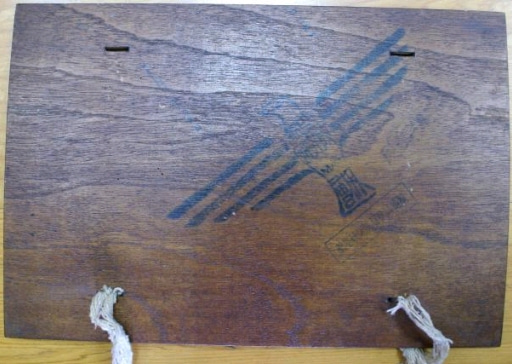
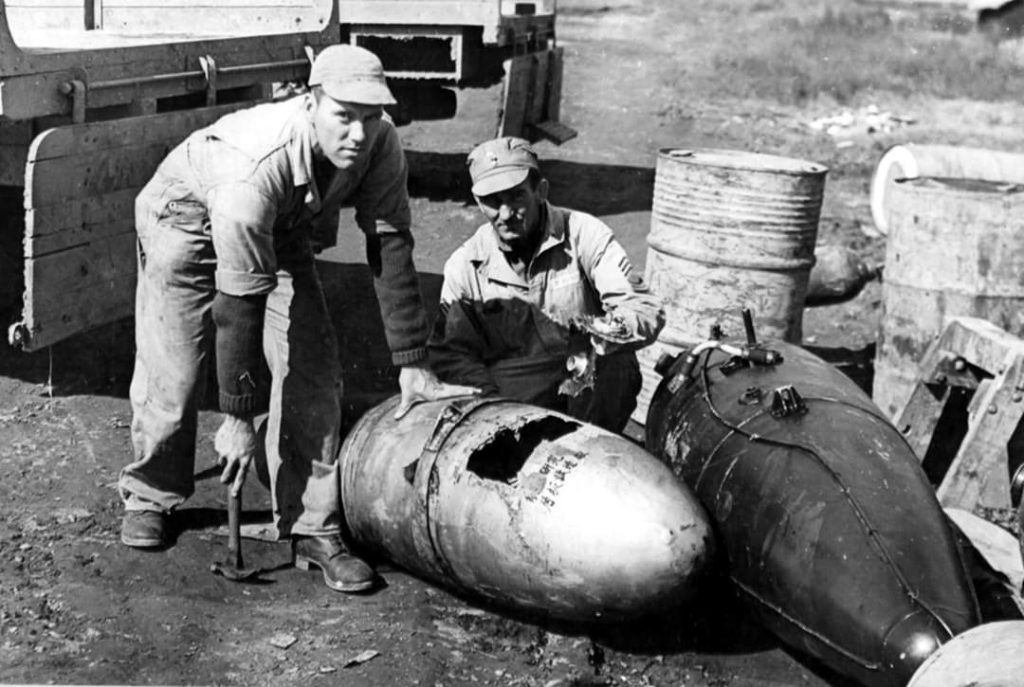
The top line reads 航空研究院 (Aviation Research Institute)
The bottom line reads 層板試造廠 (Laminate Trial Manufacturing Factory)
XB-3 / 研轟三式
On August 21, 1937, the ROC and the Soviet Union would sign the Sino-Soviet. As part of Soviet anti-imperialist efforts at the time, they would supply the ROC with large amounts of military and technical resources under “Operation Zet”. This included 288 Tupolev SB bombers, both M-100A and M103 engine variants. By 1942 the ROC was already underway with some indigenous aircraft projects. To also offset losses in bombers and reduce reliance on foreign aid, in September 1942 the 3rd AFAMF started on the design of a medium bomber. The design team would be lead by factory chief 鄭葆源 (Zhèng Bǎoyuán) and chief designer 唐勳貽 (Táng Xūnyí).
The new bomber design would largely be based on the SB, sharing many common parts such as engines, instrumentations and landing gear. The skin and frame were however of Chinese design, and show many changes such as the nose and tail section. Like other projects, due to scarecity of resources the plane was largely made out of wood and bamboo. No original sources exist to give dimensions or flight performances.
The first, and only XB-3 was completed in October 1943. Due to constant Japanese air raids no further (likely) XB-3’s would be build.. In January of 1944 the plane was disassembled and transported to Chengdu Taipingsi Airport for testing. Three flights were performed. The maiden flight by test pilot 黃榮想 (Huáng Róng Xiǎng) was without major issues and was to test the taxi and take-off performance. The second flight was done by pilot 唐勳貽 (Táng Xūnyí), and tested maneuverability with low-level flights around the airfield.
The thirth flight, done by an unknown pilot, resulted in a crash after 30 minutes of flying. Allegedly, one of the landing gears didn’t deploy, resulting in the other breaking off and sending the plane into a spin upon landing and gliding for dozen of meters. The pilot was heavily injured and a wing section was destroyed. The wreck was dumped outside the airport.
As the design was based on a pre-war design, and the SB themselves were already no longer being used for front-line service, it is debatable how effective the aircraft would have been. Delivery of B-25 Mitchell bombers under the Lend-lease act also reduced the need for an indigenous bomber. Therefore, all work on the XB-3 was stopped after the crash of the prototype.
Certain ROC publications on the contrary state that development continued, with a second prototype being finished in October 1944, . Two more aircraft were allegedgly under construction. The project was only cancelled in 1946 when staff was relocated to Taiwan. It is possible that both are true, with the project officially being cancelled in 1943, with the factory continuing the project on their own.
| Experimental Type 3 Medium Bomber 研轟三式中型轟炸機 / Yán Hōng Sān Shì Zhōngxíng Hōngzhàjī | |||
|---|---|---|---|
| Length | ~13 meter | Crew | 1 pilot, 3 gunners |
| Wingspan | ~20 meter | Cruising Speed | |
| Height | ~3.3 meter | Maximum Speed | 380 km/h (design requirement) |
| Empty Weight | Range | 1000 km (design requirement) | |
| Gross Weight | Ceiling | 9000 meter (design requirement) | |
| Powerplant | 2* 960 hp Klimov M103 | Number build | 1 |
| Fuel capacity | |||
| Armament | 3 machine guns, likely 7.62mm ShKAS or .30 cal 500 kg bombs | ||
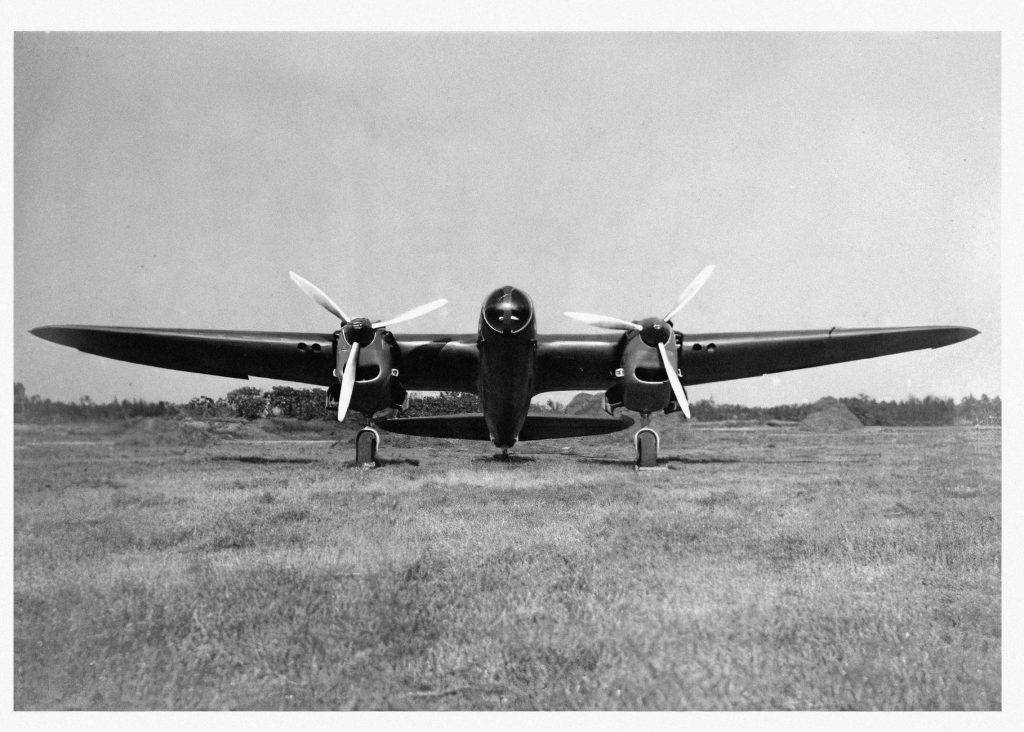
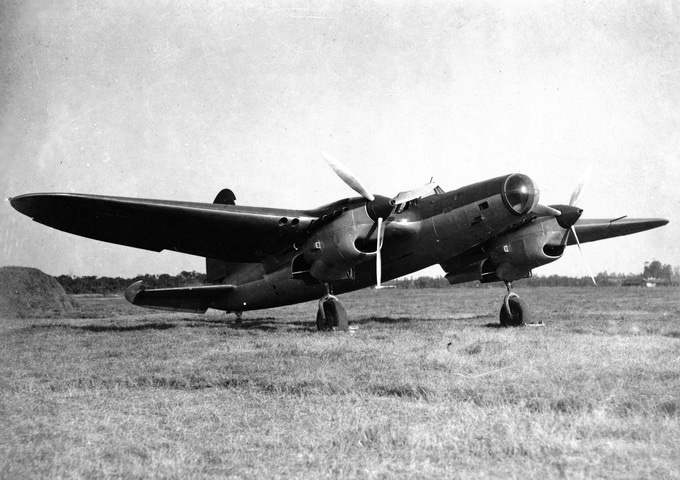
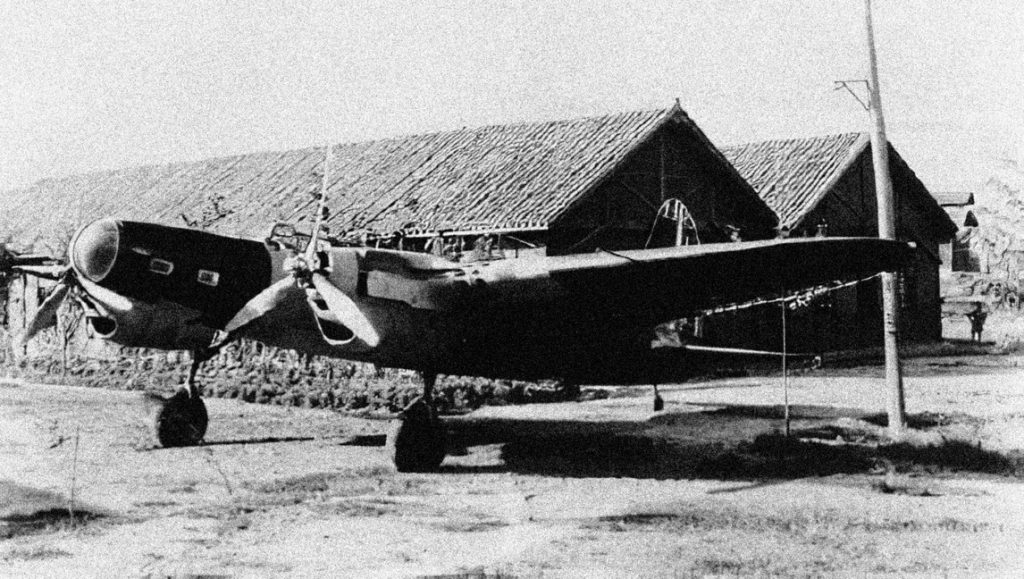
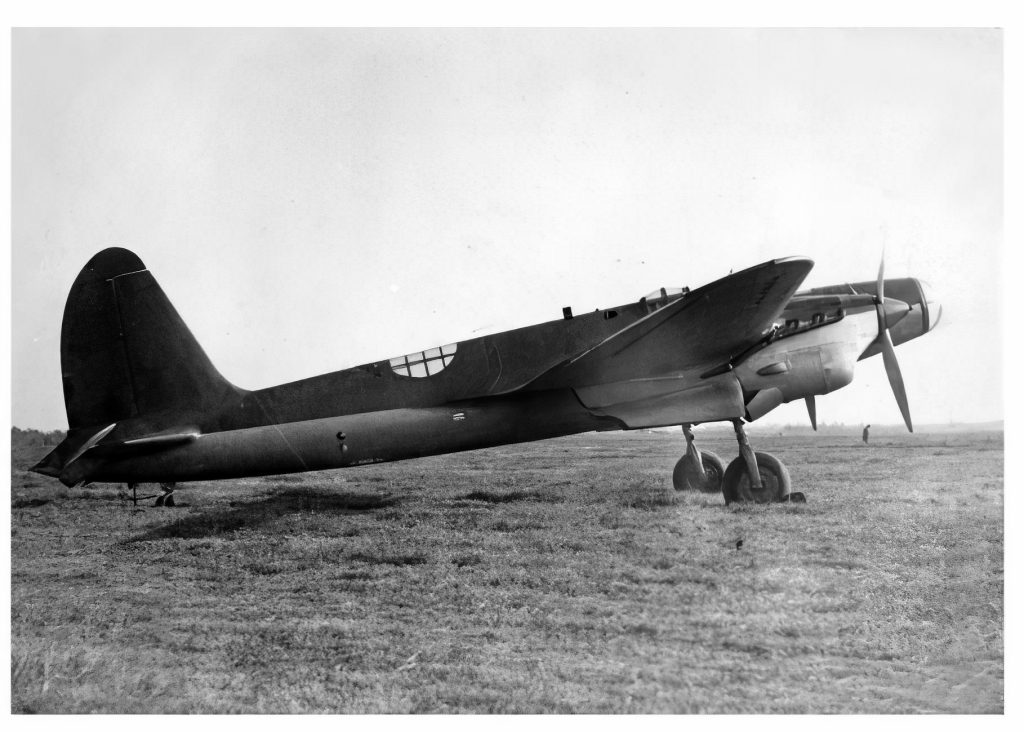
XG-1 / 研滑一
The 研滑一 (Yán Huá Yī, Experimental Glider 1) , also called XG-1 or XGC-1 was an experimental troop glider devoped under Wong Tsu. It was again a plane with a wooden structure with bamboo composite skin. It could carry 30 troops or cargo of equal weight. It was completed somewhere 1944-1946, sources don’t agree. Calls were made to the ROCAF to conduct testing, but major internal reorganizations meant the project was stopped. After the project Wong resigned.
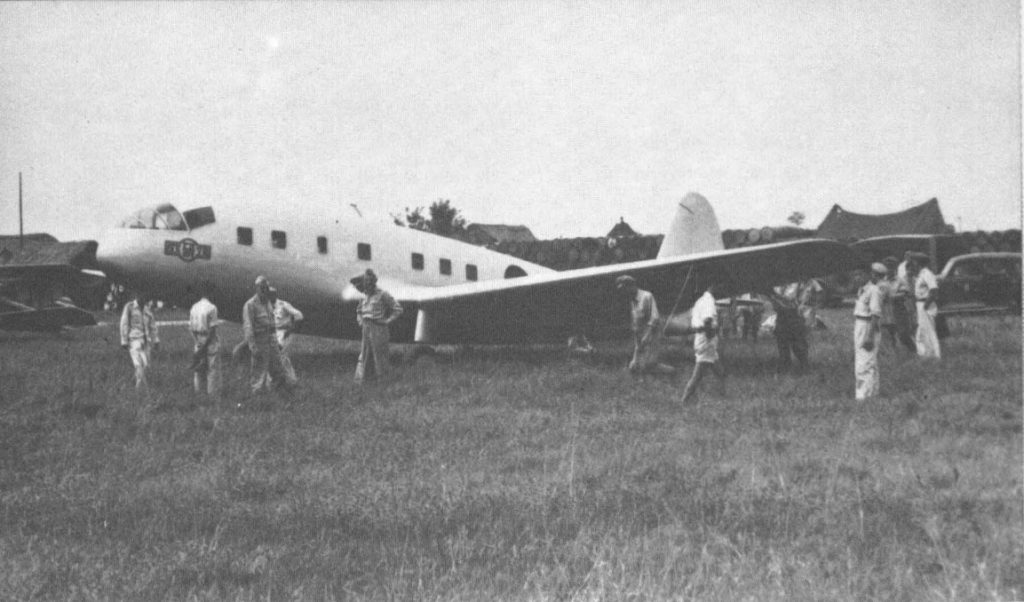
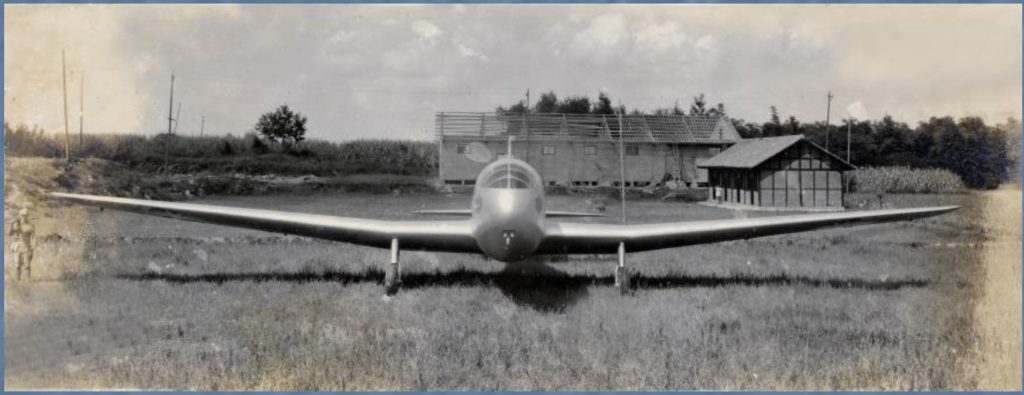
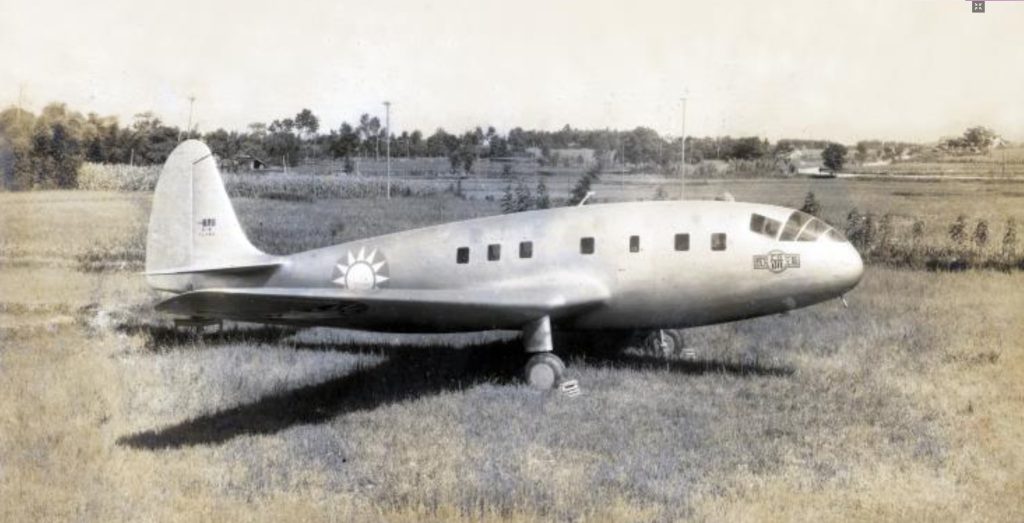
CJ-1 / 初教一
The 初教一 ( Chū Jiào Yī, Basic Trainer 1) also called CJ-1, was a imitation of the Steelman PT-17 trainer. In 1942, the ROC received 150 PT-17’s under the Leand-lease act. These were used to train Chinese pilots in the aviation school in Punjab, India. After the war in 1946 they flown to 杭州笕桥航校 (Hángzhōu Jiǎnqiáo Háng Xiào, Hangzhou Jianqiao Aviation School). In 1947, 104 copies were made on basis of original factory drawings and parts under direction of 云鐸 (Yún Duó), the director of the 3th AFAMF. This plane was called the CJ-1.
XT-1 / 研教一式
The 研教一式 (Yán Jiào Yī Shì /Experimetal Type 1 Trainer), also called XT-1 was a single-engine trainer. The design team was lead by 王助 (Wáng Zhù, also Wong Tsu of Wong Tsoo). The 3th AFAMF had previously produced copies of the Model 11 after obtaining the blueprints for them, but material shortages led to the need for an cheaper alternative. The XT-1 was developed from the Model 11, but it’s frame was made out of wood instead of welded steel tuped, with it’s skinning made from wood and bamboo. Usage of metal was limited to joints and load-bearing parts. The XT-1 used the same engine as the Model 11. Test flights showed that, aside from a slightly lower climb rate compared to the original Fleet design, its overall performance surpassed the original. A total of 15 units were constructed, with mass production taking place at the 3th AFAMF.
| Experimetal Type 1 Trainer 研教一式 / Yán Jiào Yī Shì | |||
|---|---|---|---|
| Length | 7.2 meters | Crew | 2 |
| Wingspan | 8.53 meters | Cruising Speed | 192 km/h |
| Height | 2.16 meters | Maximum Speed | 207 km/h |
| Empty Weight | 641kg | Range | 580 km |
| Gross Weight | 885kg | Ceiling | 5035 meter |
| Powerplant | 100 hp Kinner R-5 | Number build | 15 |
| Armament | none | ||
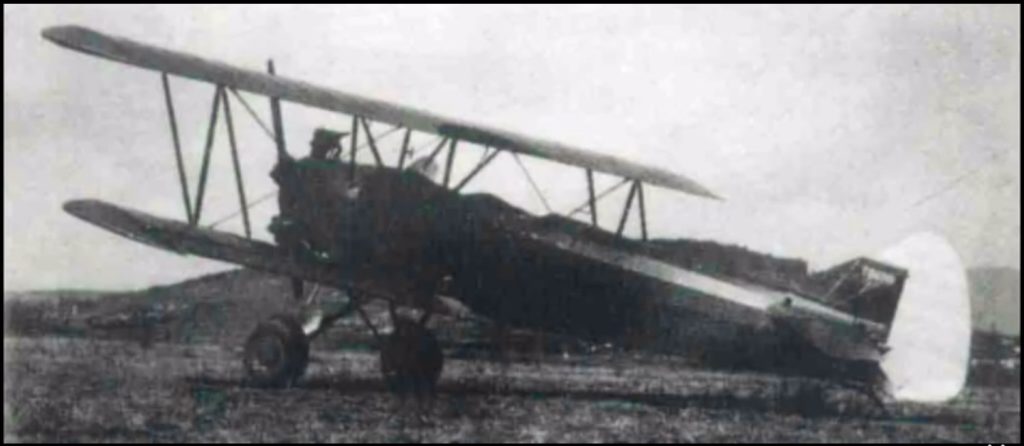
XT-2 / 研教二式
The 研教二式 (Yán Jiào Èr Shì / Experimental Type 2 Trainer), also called XT-2 was a low-wing monoplane with a cantilever structure, stressed skin, semi-monocoque bamboo-wood construction, serving as a primary trainer aircraft.
In 1941, during a particularly difficult phase of the war, international routes were completely blockaded, making the import of weapons and equipment impossible. This created an urgent need for domestically manufactured aircraft. In repsonse Wang Zhu personally designed a new trainer. This design was driven by the prevailing circumstances: the disruption of metal material supplies, the abundant bamboo and wood resources in Sichuan and other rear areas, and the relative simplicity of processing these materials.
The XT-2 made it’s succesfull maiden flight in the first half of 1943 at Chengdu Taipingsi Airport. The plane was planned to put into mass producion, but limited resources, funding and access to American trainers put a halt to that. In total, 13 planes were build and all were scrapped after the 2nd world war was over.
| Experimetal Type 2 Trainer 研教二式 / Yán Jiào Èr Shì | |||
|---|---|---|---|
| Powerplant | 125 hp Kinner B-5 | Crew | 2 |
| Experimetal Type 1 Trainer 研教一式 / Yán Jiào Yī Shì | |||
|---|---|---|---|
| Length | 7.19 meters | Crew | 2 |
| Wingspan | 8.6 meters | Cruising Speed | 192 km/h |
| Height | 2.16 meters | Maximum Speed | 207 km/h |
| Empty Weight | 641kg | Range | 580 km |
| Gross Weight | 885kg | Ceiling | 5035 meter |
| Powerplant | 100 hp Kinner R-5 | Number build | 15 |
| Armament | none | ||
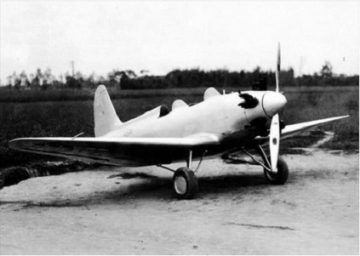
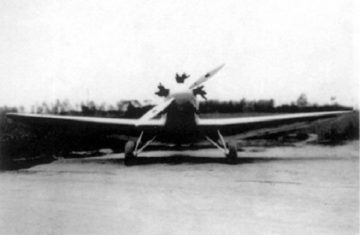
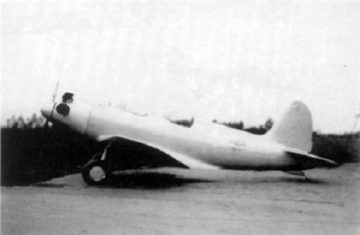
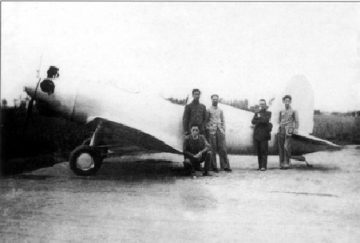
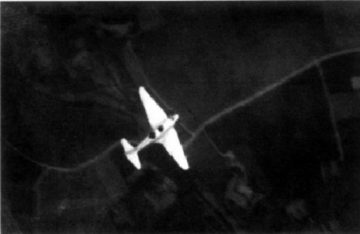
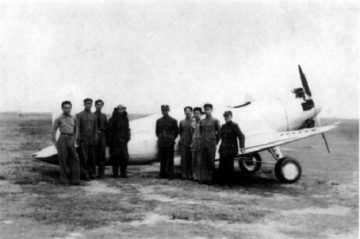
XT-3 / 研教三式
The 研教三式 (Yán Jiào Sān Shì / Experimental Type Trainer), also called XT-3 was a single-engine trainer developed in 1945. It used a for the time innovative V shaped tail design. Due to lack of resources the project was halted during testing and no records of test flights have been found. The engine of this plane is unknown, but is sometimes states to have been a Lycoming horizontal engine of 185 hp.
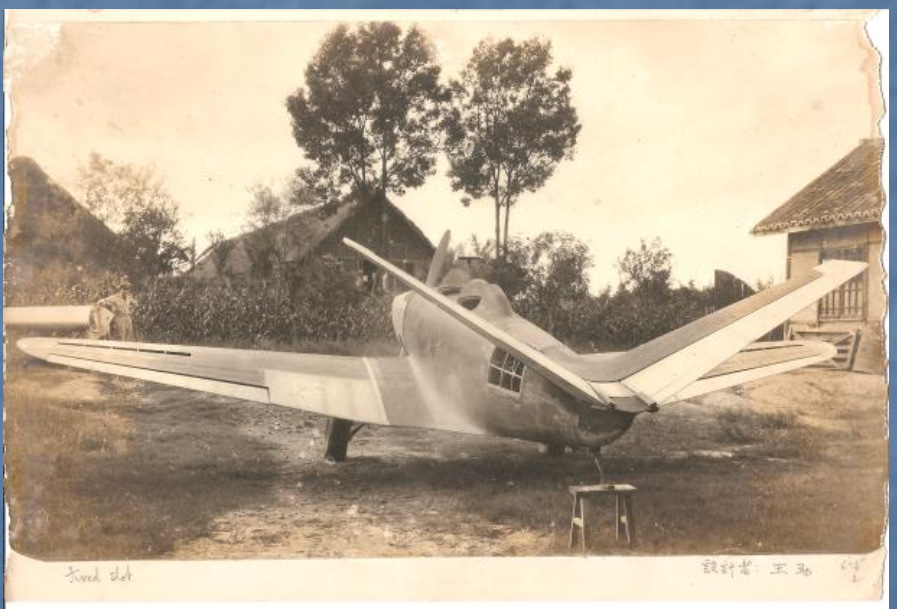
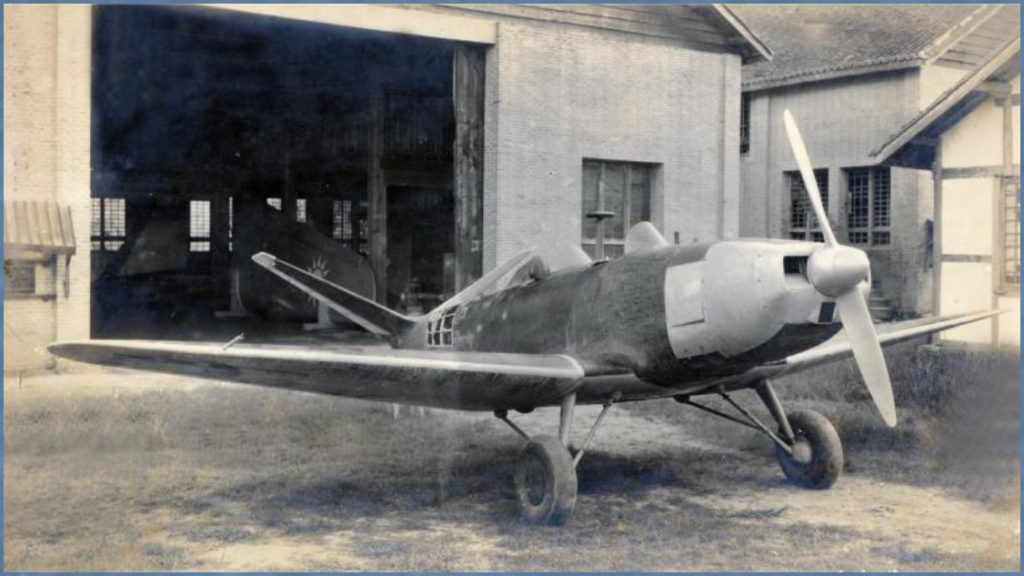
Sources
- Andersson, L. (2008). A history of chinese aviation: Encyclopedia of aircraft and aviation in China until 1949. AHS of ROC.
- Guo, L. (2020a, January 23). 1st AFAMF XP-0 – the Chinese hawk. Sino Records. https://sinorecords.org/1st-afamf-xp-0/
- Guo, L. (n.d.). 抗战时期唯一的国产轰炸机——XB-3(研轰-3). BiliBili. https://www.bilibili.com/opus/537682652234866427
- Guo, L. (2020c, March 8). The 3rd AFAMF XB-3 – mix and match. Sino Records. https://sinorecords.org/3rd-afamf-xb-3/
- 四川首个飞机工厂:79年前的成都三厂,制造过中国最大轰炸机. NetEase. (2021, August 16). https://www.163.com/dy/article/GHH28HF00543OR10.html
- 成都三厂:四川的首个飞机工厂,79年前制造出中国最大轰炸机. Baidu百度. (2024, September 18). https://baijiahao.baidu.com/s?id=1810519141183249698
- Xiaoci, H. 中國飛機尋根(之三十八)抗戰時期俄援圖波列夫式SB快速轟炸機、仿製之研轟三式轟炸機. 中國飛機尋根. (n.d.). http://cwlam2000.epizy.com/caf38.htm
- Xiaoci, H. 中國飛機外篇(之三十) 中國自行設計的第一種雙發運輸機—中運一號及中運二號. 中國飛機尋根. (n.d.). http://cwlam2000.epizy.com/cafx30.htm
- Xiaoci, H. 中國飛機外篇(之 四十二) 航空研究院與王助及研發的飛機.中國飛機尋根. (n.d.). http://cwlam2000.epizy.com/cafx42.htm